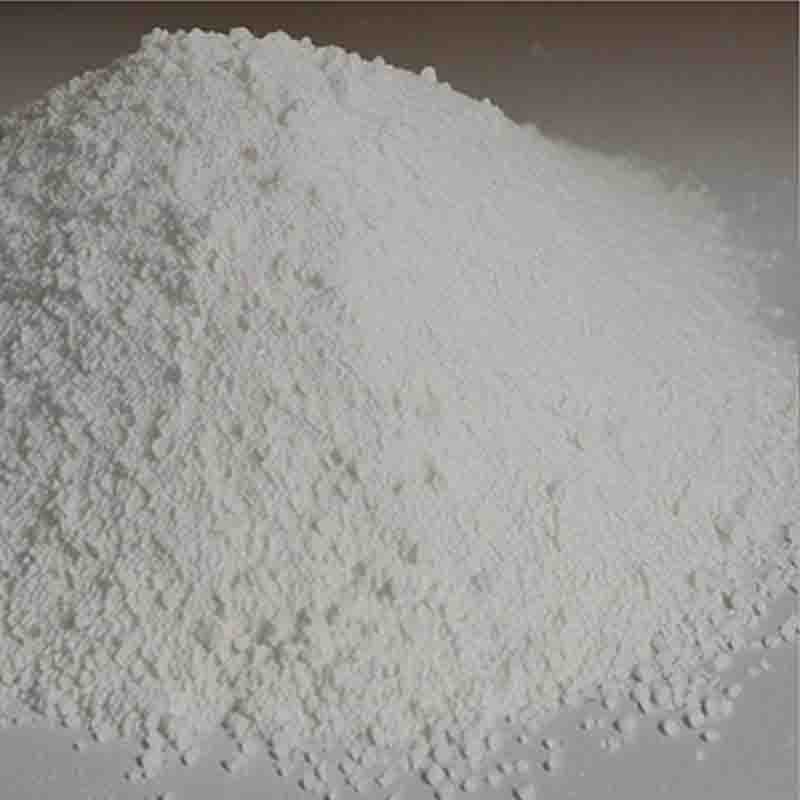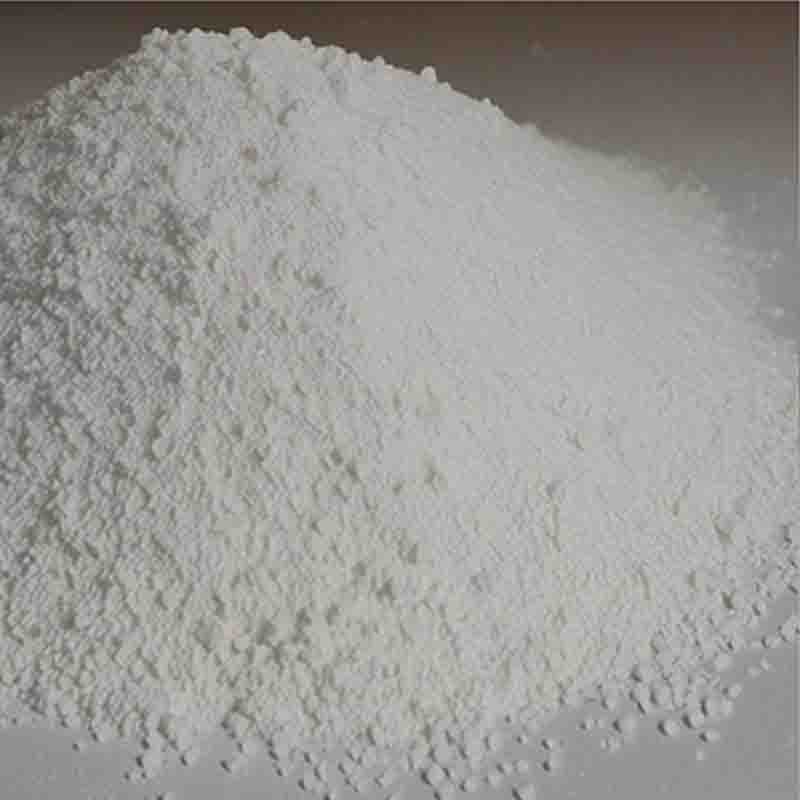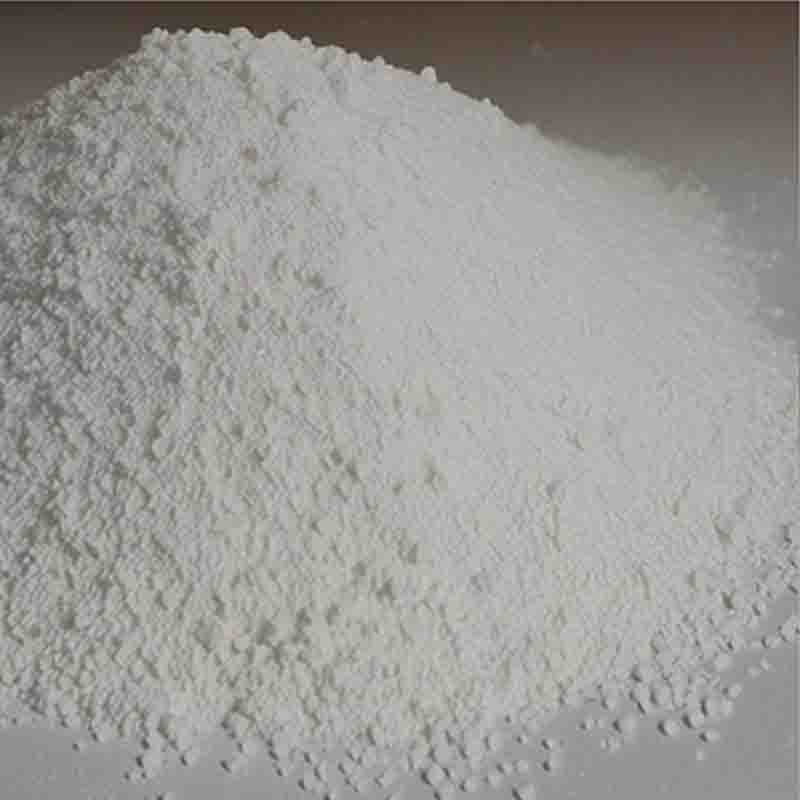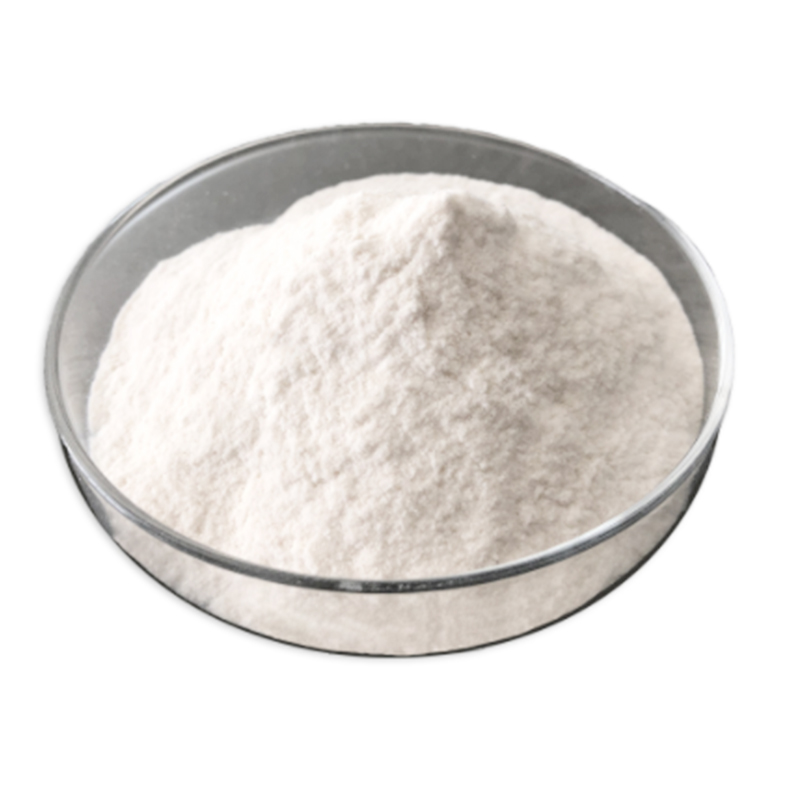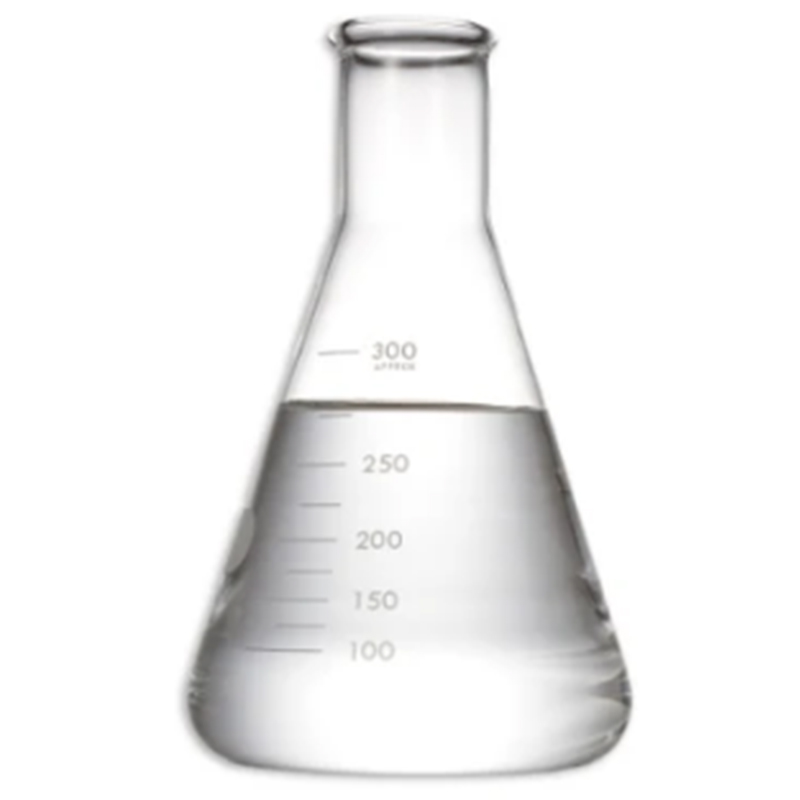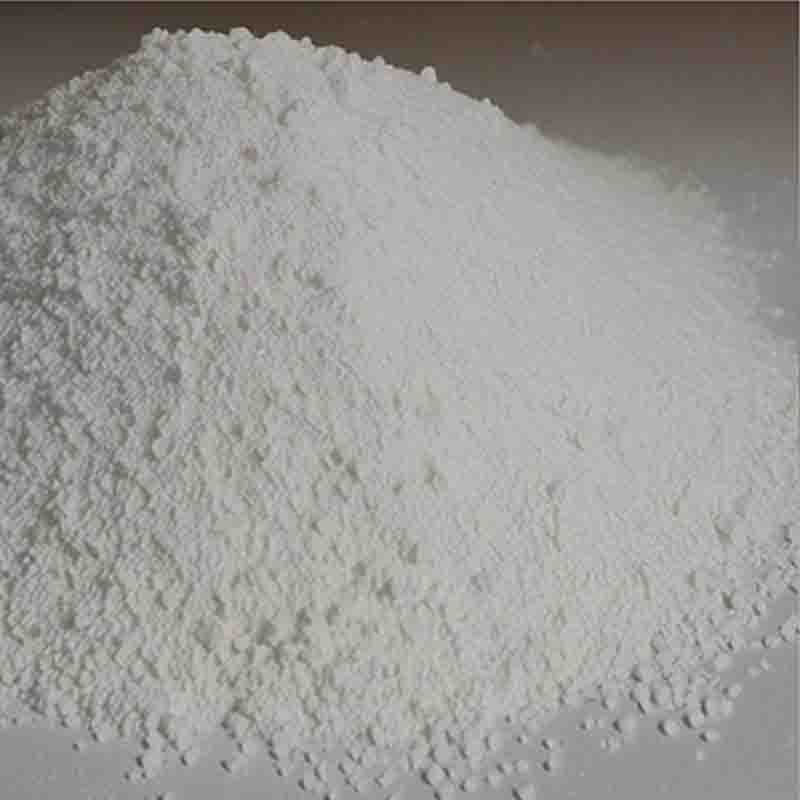4-BENZYL-2-HYDROXY-MORPHOLIN-3-ONE CAS: 287930-73-8
| Catalog Number | XD93657 |
| Product Name | 4-BENZYL-2-HYDROXY-MORPHOLIN-3-ONE |
| CAS | 287930-73-8 |
| Molecular Formula | C11H13NO3 |
| Molecular Weight | 207.23 |
| Storage Details | Ambient |
Product Specification
| Appearance | White powder |
| Assay | 99% min |
4-Benzyl-2-hydroxy-morpholin-3-one, also known as BHM, is a chemical compound that has shown potential applications in the field of medicinal chemistry and drug discovery. Its unique structure and properties have led to its investigation for various therapeutic uses.One of the primary uses of BHM is its involvement in the development of new medications targeting opioid receptors. Opioid receptors are proteins in the brain that play a crucial role in pain regulation. BHM has been studied for its ability to modulate the activity of these receptors, potentially leading to the development of novel and more effective analgesic drugs. By interacting with opioid receptors, BHM can potentially improve pain management and reduce the risk of addiction and other adverse effects associated with traditional opioid medications.BHM has also been studied for its potential application in the treatment of drug addiction. Compounds targeting opioid receptors can modulate the reward pathways in the brain, which are involved in addictive behaviors. By influencing these pathways, BHM has shown promise in reducing cravings and withdrawal symptoms associated with drug addiction. It may be utilized in the development of medications to help individuals overcome addiction and achieve long-term recovery.Furthermore, BHM has demonstrated potential antimicrobial activity. Studies have shown that BHM exhibits inhibitory effects against various bacteria and fungi. It could potentially be used as a lead compound for the development of new antimicrobial agents to combat drug-resistant strains and infections.BHM's unique chemical structure and properties have also led to its investigation in other areas of research. It has shown potential as an antioxidant compound, with the ability to scavenge free radicals and reduce oxidative stress. Additionally, BHM has exhibited anti-inflammatory effects, making it a compound of interest in the search for new anti-inflammatory drugs.In summary, 4-Benzyl-2-hydroxy-morpholin-3-one (BHM) has shown potential applications in the fields of pain management, drug addiction treatment, antimicrobial therapy, antioxidant, and anti-inflammatory treatments. Its interactions with opioid receptors, antimicrobial properties, and potential antioxidant and anti-inflammatory effects make it a compound worthy of further exploration and development. Continued research on BHM may provide valuable insights into its therapeutic potential and pave the way for the development of new medications and treatment options in various medical fields.


